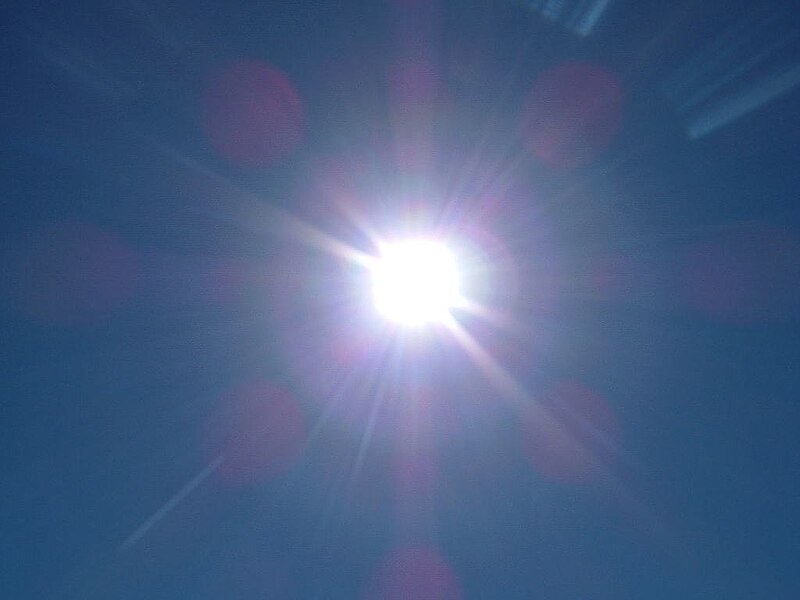The words "glare" / "bloom" / "flare" are often used to describe the same categories of effects -- ones that occur in the eye/lens rather than in the air.
However, "glare" is also sometimes used to describe a specular reflection...
Some useful terms might be: "bloom" / "lens flare" / "lens blur" / "shape blur" / "bokeh".
An easy way to tell if a phenomenon occurs in the air or in the eye/lens, is to simply place your hand between your eye and the light source. If the effect is still there when the light-source is occluded from your view, then the effect is ocuring in the atmosphere. If the effect disappears when the light-source is occluded, then the effect is ocuring in your eye.
e.g.
haze or
sun-dogs occur in the atmosphere, so hiding the sun behind your hand will not hide the "glowing effect", however the streaks and double-images in your first post are caused by imperfections in the lens system, so hiding the sun would also hide those effects.
To my human eye they are completely different, as I get streaks and not flares (when I squint at a torch)
That's because your eye is constructed differently than a camera lens, and doesn't contain the multiple layers of glass required to create inter-reflected flares

I've only skimmed that paper a few times, but I'd guess that you could use their method to simulate a human eye as well as the different types of camera lens that they demonstrate, provided you had enough information on the geometry and types of materials used in its construction.

